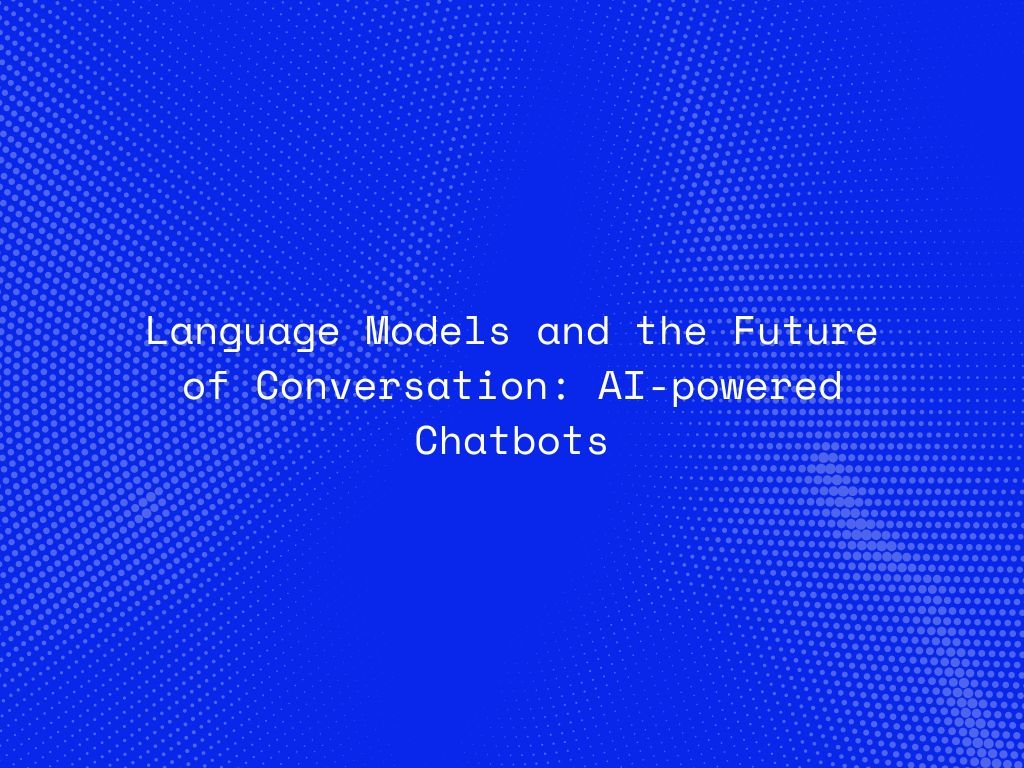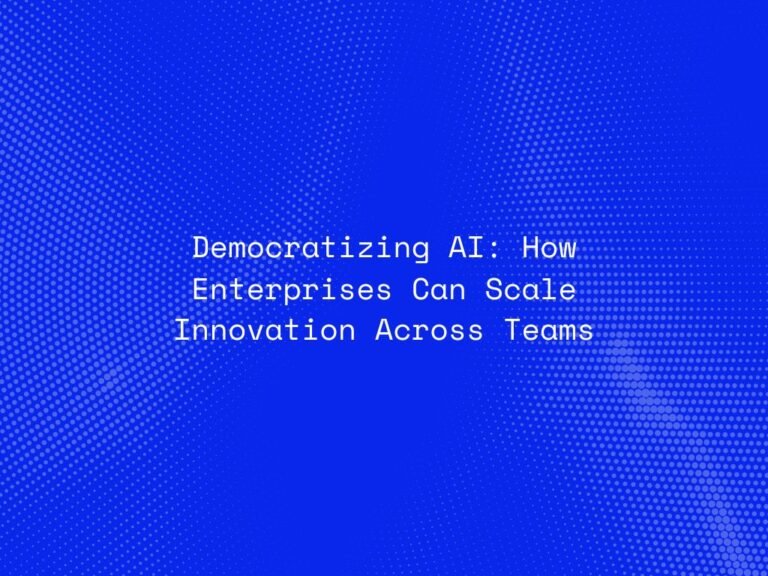In recent years, Language Models have revolutionized the field of artificial intelligence, particularly in the realm of conversational AI. AI-powered chatbots are becoming increasingly sophisticated, transforming the way we interact with technology. This blog explores the advancements in language models, the impact of AI-powered chatbots on various industries, and the future of conversational AI.
The Evolution of Language Models
Language Models are algorithms that use machine learning to understand, generate, and respond to human language. The evolution of these models has been marked by significant milestones, including the development of transformer architectures and the advent of models like GPT-3 and GPT-4. These models leverage vast amounts of data and complex neural networks to generate human-like text.
How AI-powered Chatbots Work
AI-powered chatbots utilize advanced language models to process and interpret user inputs, generate contextually relevant responses, and engage in natural conversations. These chatbots are trained on diverse datasets, allowing them to understand and respond to a wide range of queries.
Key components:
- Natural Language Processing (NLP): Enables chatbots to understand and process human language.
- Machine Learning (ML): Allows chatbots to learn from interactions and improve over time.
- Neural Networks: Mimic the human brain’s structure to process and generate language.
Connect With Us
Applications of AI-powered Chatbots
AI-powered chatbots are being integrated into various sectors, providing numerous benefits and transforming customer experiences:
1. Customer Service
In customer service, chatbots handle routine inquiries, resolve issues, and provide instant support, significantly reducing response times and operational costs. For example, chatbots in e-commerce platforms assist with order tracking, returns, and product recommendations.
2. Healthcare
In healthcare, chatbots provide preliminary medical advice, schedule appointments, and offer mental health support. By analyzing symptoms and medical history, chatbots can guide patients to the appropriate care, improving accessibility and efficiency.
3. Finance
Financial institutions use chatbots to assist with banking transactions, investment advice, and fraud detection. AI-powered chatbots provide personalized financial recommendations based on user data, enhancing customer satisfaction and trust.
4. Education
In education, chatbots serve as virtual tutors, answering students’ questions, providing study resources, and offering personalized learning experiences. They facilitate continuous learning and support, making education more accessible and interactive.
5. Retail
Retailers leverage chatbots for personalized shopping experiences, product recommendations, and order processing. AI-powered chatbots engage customers with tailored suggestions, driving sales and enhancing customer loyalty.
Benefits of AI-powered Chatbots
The integration of AI-powered chatbots offers several advantages:
- 24/7 Availability: Chatbots provide round-the-clock support, ensuring customers can access help anytime.
- Scalability: Chatbots handle multiple interactions simultaneously, making them ideal for businesses with high customer volumes.
- Cost-Effectiveness: By automating routine tasks, chatbots reduce the need for large customer service teams, lowering operational costs.
- Consistency: Chatbots deliver consistent responses, ensuring uniformity in customer interactions.
- Personalization: Advanced language models enable chatbots to offer personalized experiences based on user data and preferences.
The Future of Conversational AI
The future of conversational AI is promising, with ongoing advancements in language models and AI technologies. Here are some trends and innovations to watch:
1. Enhanced Natural Language Understanding
Future language models will continue to improve in understanding context, nuance, and emotions, making interactions with chatbots more natural and human-like. Natural Language Understanding (NLU) will enable chatbots to comprehend complex queries and provide more accurate responses.
2. Multimodal Interactions
Combining text, voice, and visual inputs will create more interactive and immersive chatbot experiences. Multimodal interactions will allow users to engage with chatbots through various channels, enhancing accessibility and convenience.
3. Emotional Intelligence
Integrating emotional intelligence into chatbots will enable them to recognize and respond to users’ emotions, providing empathetic and supportive interactions. This will be particularly beneficial in sectors like mental health and customer support.
4. Autonomous Agents
Future advancements will lead to the development of autonomous agents capable of performing complex tasks and making decisions without human intervention. These agents will be able to handle intricate workflows, further automating business processes.
5. Ethical and Responsible AI
As chatbots become more integrated into daily life, ensuring ethical and responsible AI practices will be crucial. Addressing issues such as bias, privacy, and transparency will be essential to build trust and maintain the integrity of conversational AI.
Conclusion
Language Models and AI-powered chatbots are reshaping the future of conversation, offering unprecedented opportunities for businesses and individuals alike. With continuous advancements in natural language processing, machine learning, and AI, chatbots are becoming more capable and sophisticated, providing enhanced user experiences and transforming various industries. As we move forward, the integration of emotional intelligence, multimodal interactions, and ethical AI practices will further elevate the potential of conversational AI, paving the way for a more connected and intelligent world.




